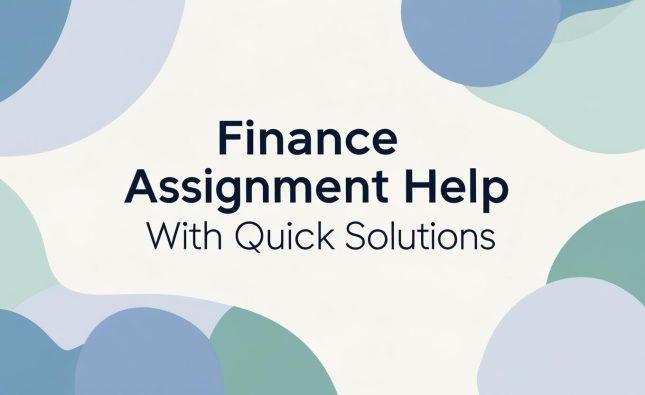
In the dynamic world of aviation, the skies are not just a playground for planes but also a battleground for financial strategies. As airlines seek to expand their fleets, enhance services, and stay ahead in a fiercely competitive industry, the key to success lies not just in the altitude they reach but in the financial groundwork laid from takeoff to touchdown.
Soaring to New Heights: Financing Fleet Expansion
For airlines aiming to spread their wings, acquiring new aircraft is a pivotal step. However, this process requires a careful financial balancing act. Smart airlines turn to a mix of traditional loans, lease agreements, and even innovative financial instruments to fund their expansion.
Airlines often collaborate with financial institutions specializing in aviation financing. These institutions understand the unique challenges and opportunities in the industry, offering tailored solutions. Whether it’s securing loans for purchasing aircraft or entering into operating leases to manage costs, the key is to ensure that the financial model aligns with the airline’s growth trajectory.
Navigating Turbulence: Mitigating Financial Risks


In an industry susceptible to economic fluctuations and unexpected events, risk management is paramount. Fuel price volatility, geopolitical tensions, and global health crises can send shockwaves through the aviation sector.
Successful airlines implement comprehensive risk mitigation strategies, which may include fuel hedging to stabilize costs, diversifying revenue streams through ancillary services, and creating financial reserves to weather unforeseen challenges. Moreover, maintaining a fleet that balances fuel efficiency with operational performance is crucial for long-term financial sustainability.
Onboard Innovation: Embracing Financial Technology
The digital age has ushered in a new era of financial technology, and airlines are harnessing its power to streamline operations and optimize revenue. From blockchain applications that enhance transparency in transactions to data analytics tools that provide insights into customer behavior, airlines are integrating technology to make smarter financial decisions.
Innovative payment solutions and loyalty programs are also becoming integral components of airline financing. These not only generate additional revenue but also foster customer loyalty, a vital asset in an industry where competition is fierce.
Opinion Piece: “Sustainable Finance in Aviation: The Future of Airline Growth”
In an era dominated by discussions on environmental responsibility, the aviation industry is under increasing pressure to address its carbon footprint. As airlines consider their growth strategies, sustainable finance is emerging as a key player in shaping the future of the industry.
Investors and passengers alike are scrutinizing airlines’ environmental practices. The transition to more fuel-efficient aircraft, investments in sustainable aviation fuels, and the implementation of carbon offset programs are no longer just options; they are imperatives for airlines that aim to thrive in the long term.
Governments and financial institutions are also playing a role in promoting sustainability in aviation finance. Incentives for green initiatives, preferential financing terms for environmentally friendly projects, and increased scrutiny on the environmental impact of airline operations are becoming standard practices.
In conclusion, the path from takeoff to touchdown for airlines involves a meticulous orchestration of financial strategies. From securing smart financing for fleet expansion to navigating financial risks and embracing technological innovations, the aviation industry is evolving to meet the challenges of the 21st century. As sustainability takes center stage, the airlines that integrate environmental responsibility into their financial frameworks will not only secure their future but also contribute to a greener and more resilient aviation landscape.










